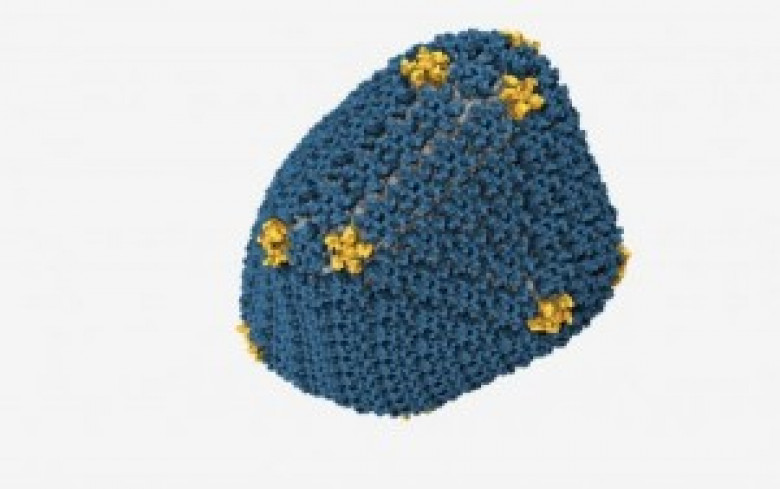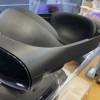HIV structure cracked using GPU-based simulations
This week, a new paper described how researchers pieced together the entire molecular structure of the protein shell of the HIV virus using GPU-based simulations. This remarkable achievement not only paves the way for new therapeutic approaches to AIDs, but establishes GPUs as franchise players in molecular simulation.
In order to photograph really small things, like viruses, they need to be imaged with electrons rather than light. Even electron microscopy (EM) has its limits though, and to see the structure of the proteins that make up a virus, X-rays are the probe of choice. While X-ray crystallography allows researchers to understand the configuration of an individual protein, the way those proteins are assembled to build the virus is still largely invisible to us. The only way to get a picture of what might be going on in this gray area in the middle is to feed massive computer simulations with data from both ends of the process.










































































